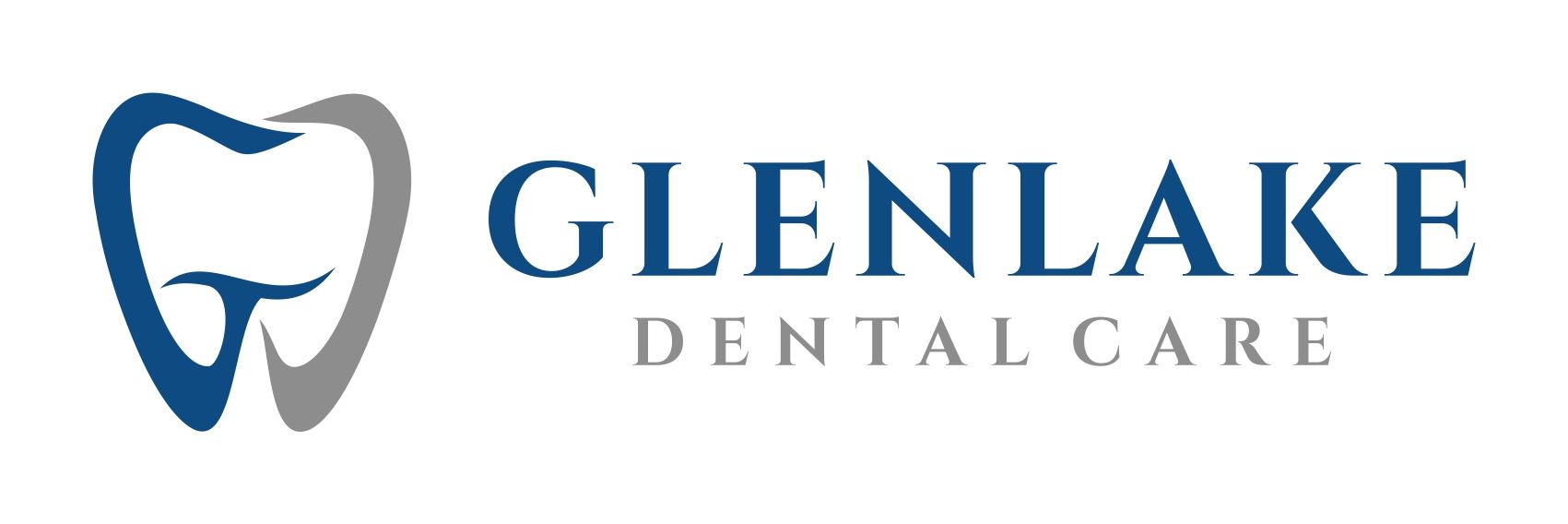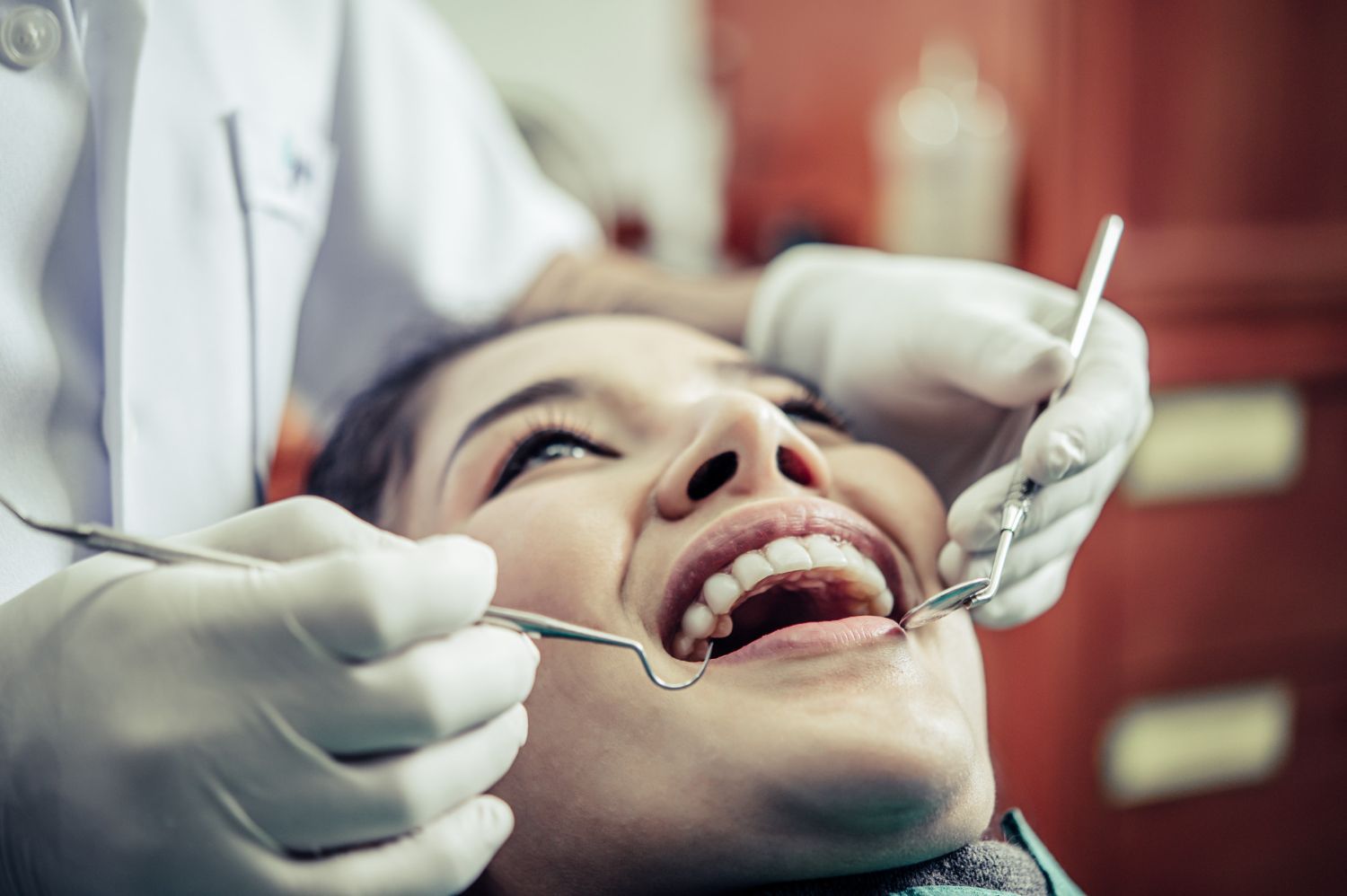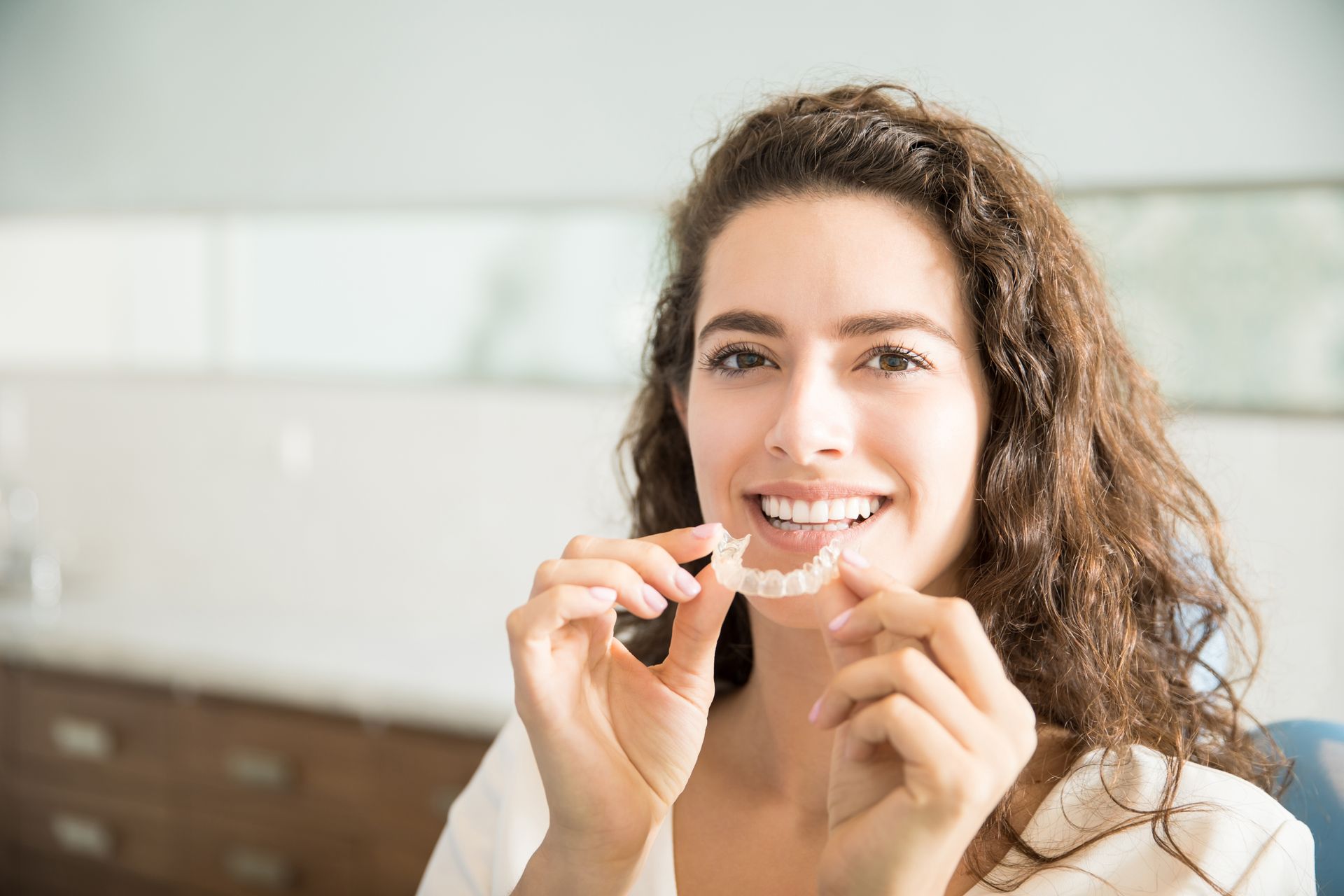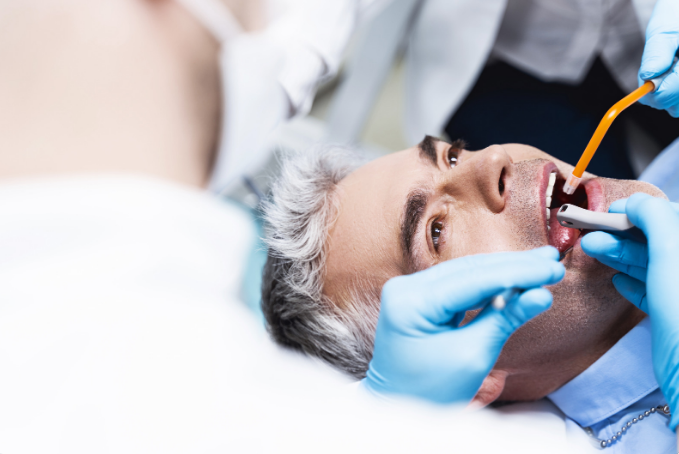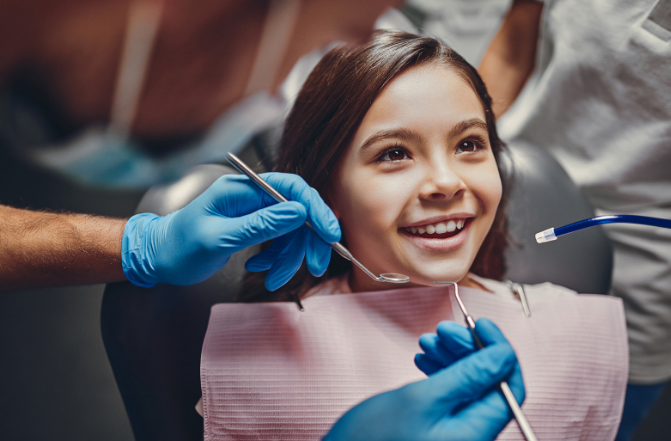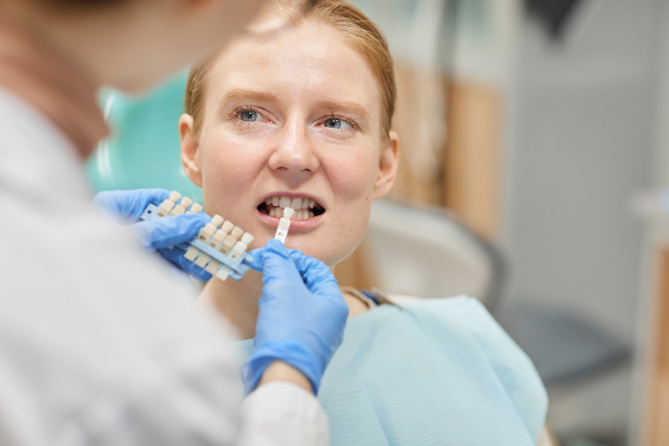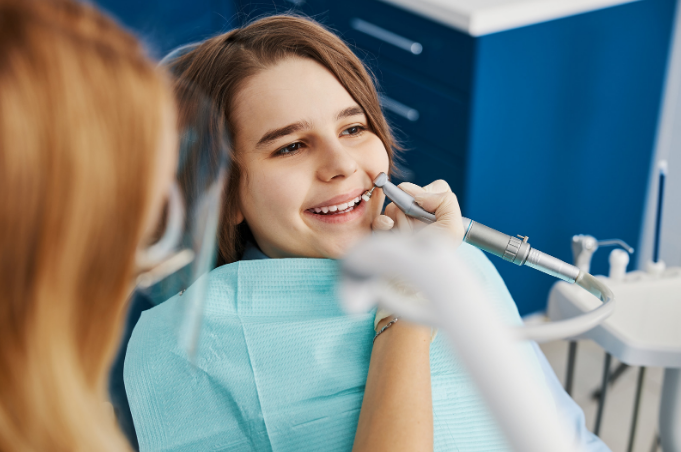What Do You Do With Children With Molar Tooth Decay?
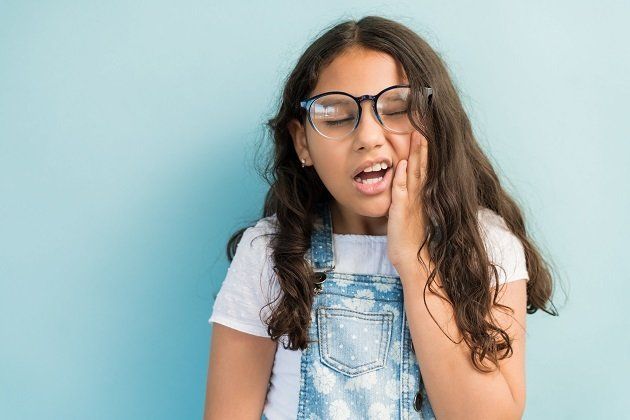
Your child tends to have tooth decay because all children possess bacteria in their mouths. Tooth decay happens when foods like candy, soda cake, and other carbohydrates are left on the teeth. When the bacteria combine with the leftover food and saliva, the teeth begin to decay.
You can prevent this decay by knowing how to prevent tooth decay in children. It is also important you know how to identify the early stage of tooth decay in children to treat it appropriately before it becomes advanced.
What does it mean for a child's tooth to decay?
Tooth decay happens when the tooth enamel breaks down or is destroyed. If not treated early, this decay results in the child having a hole in the teeth.
Causes of Tooth decay in children
Knowing those things that cause tooth decay in children will help you understand how to prevent your child’s tooth from decaying.
- Feeding bottle:
When your child falls asleep with a feeding bottle containing milk or any sugary content, it can cause your child's teeth to decay. What happens during this period? The sugar comes together around the teeth and is being infested by bacteria, making plaque stick around the teeth. At the initial stage, the plaque is white. If not treated, it graduates to becoming brown or black.
- When saliva flow reduces:
Saliva is mainly water, and it helps flush food debris from teeth. This flushing saves the teeth from acid attacks from the enamel. Less saliva flow will mean less flushing of the teeth and cause tooth decay in a child.
- Regular cleaning of teeth:
When a child begins to have teeth in their mouth, parents need to start cleaning the teeth regularly. Delay in cleaning or lack of cleaning can leave food fragments infested by bacteria in the child's teeth. This infestation can, in turn, lead to tooth decay.
How you can prevent tooth decay in children
1. Take proper care of child's teeth:
Yes! You cannot brush your child's gum at birth or from age 0-12 months, but you can clean it regularly. You can clean your child's gum with cotton wool or a clean washcloth dedicated to their teeth and water. Cleaning helps remove any particle that is clinging to the gum.
When your child is old enough to use a brush, ensure they brush with a soft toothbrush and toothpaste containing fluoride. Twice a day is excellent for brushing. You can keep using this until the child can use a brush and toothpaste.
The quantity of toothpaste used in cleaning your child's teeth shouldn't be too much. For a child below age 3, it's best to use little toothpaste about the size of a grain of rice.
2. Excellent feeding habit
You can ensure excellent feeding habits when you:
- Prevent putting your child to bed with a feeding bottle. Also, instead of feeding your child sugary drinks, replace them with water.
- Ensure your child drinks fluoridated water because it helps prevent tooth decay. If you live in an area where the water does not have fluoride, you can ask your pediatric dentist for fluoride varnish or sealant.
- Reduce the quantity of candy and sweets your child takes in. Also, educate your child continually to clean off particles of sweet after taking any sticky substance
- that can stay glued to the teeth.
- Replace drinking from bottles with drinking from a cup as early as possible. Taking drinks from a cup reduces the particles that the teeth can collect.
3. Avoid sharing eating utensils
Sharing eating utensils with your child can pass bacteria from you to your child. You can avoid this transfer by separating your child's eating utensil from yours and other adults.
4. Frequent Dental Check-ups
It would help if you took your child for dental checkups once two years old. After that, the check should be done twice a year on average or as prescribed by your child's dentist. This will help you discover any tooth issue early enough. You will also get the best treatment from a professional pediatrician.
Treatment of tooth decay in your child
The kind of treatment to be used for your child depends on the severity of your child's decay, age, and health.
A dentist near me will either decide on a dental filling, dental implant, total removal of a tooth, or use of a dental crown for treating your child’s dental issue.
Taking your child's dental health seriously is important for your child's total healthy well-being. When you notice anything wrong with your child's teeth, visit your Glenview dentist.
